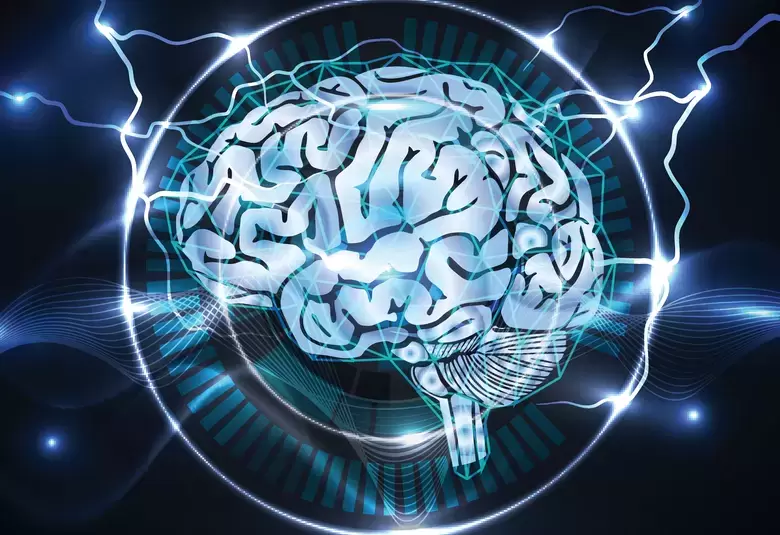Failure to respond to at least some of the many acute and preventive treatments for migraine is not uncommon during the migraine patient journey. However, the therapeutic landscape is evolving and promises to improve patient outcomes in the future, said two experts at the Migraine Trust International Symposium 2022.
The many faces of migraine
Despite the large armamentarium of therapeutic options there are still treatment gaps
Although there are many acute and preventive treatments for migraine, there is still room for improvement, said Professor Messoud Ashina, Copenhagen, Denmark. To illustrate this, Professor Ashina presented and discussed with Professor Manjit Matharu, London, UK, the case histories of two patients, both of whom failed to respond to many acute and preventive migraine therapies.
Frequent use of acute medication leads to medication-overuse headache1
The first patient — a 31-year-old woman with episodic migraine — was experiencing a gradual worsening to 10–12 monthly migraine days. She had failed to respond to all preventive treatment first-line options (candesartan, topiramate, propranolol, flunarizine and amitriptyline) and the only effective abortive treatment was eletriptan, leading to progressive overuse of eletriptan (and nonsteroidal anti-inflammatory drug [NSAID] for pain). Attempts at medication overuse withdrawal had failed. Her headaches were now lasting 72 hours, and the patient was asking for new therapeutic options.
Effectiveness of acute medications depends on timely use with the correct dose early in the headache phase1
The second patient — a 52-year-old woman with frequent chronic migraine (8–12 days/month) between the ages of 18 and 44 years, which then worsened resulting in daily chronic migraine by the age of 47 years — had failed to respond to multiple oral preventive treatments between 2005 and 2013 (amitriptyline, propranolol, topiramate, pizotifen, sodium valproate, metoprolol, methysergide, flunarizine, gabapentin, zonisamide, verapamil, hormonal treatments) as well as bilateral occipital nerve blocks and intravenous dihydroergotamine. She was able to treat the headaches early with acute treatment, so most were aborted before reaching severe intensity. She developed depression secondary to the disabling headaches.
The evolving migraine therapeutic landscape includes more effective migraine-specific treatment options1
Shifting paradigm in migraine management
The migraine therapeutic landscape continues to evolve with new classes of drugs with different mechanisms of action to provide more effective migraine-specific treatment options for patients such as those presented above. Improving the patient journey by improving disability and quality of life are what really matter when managing patients with migraine, said Professor Matharu.
Professor Ashina agreed and commented that most patients want to be pain free and relieved of the accompanying symptoms of migraine. He highlighted a 2021 consensus statement for which he is the corresponding author that makes the following recommendations for acute and preventive treatment.1
Improving the patient journey by improving disability and quality of life are what really matter when managing patients with migraine
For acute migraine:1
- Use acute medication early in the headache phase and advise patients to avoid frequent use of acute medication to avoid medication-overuse headache
- Use NSAIDs as first-line, triptans as second-line, and consider ditans and gepants as third-line medications
- Use prokinetic antiemetics as adjunct oral medications for nausea and/or vomiting
- Avoid oral ergot alkaloids, opioids, and barbiturates
Preventive treatments include beta blockers, topiramate, candesartan, flunarizine, amitriptyline or sodium valproate (in men), and calcitonin gene-related peptide monoclonal antibodies1
For preventive treatment:1
- Consider for patients adversely affected by migraine on at least 2 days per month despite optimized acute treatment
- Use beta blockers, topiramate or candesartan as first-line, flunarizine, amitriptyline or sodium valproate (in men) as second-line, and consider calcitonin gene-related peptide monoclonal antibodies as third-line medications
This satellite symposium was sponsored by AbbVie.
Our correspondent’s highlights from the symposium are meant as a fair representation of the scientific content presented. The views and opinions expressed on this page do not necessarily reflect those of Lundbeck.




